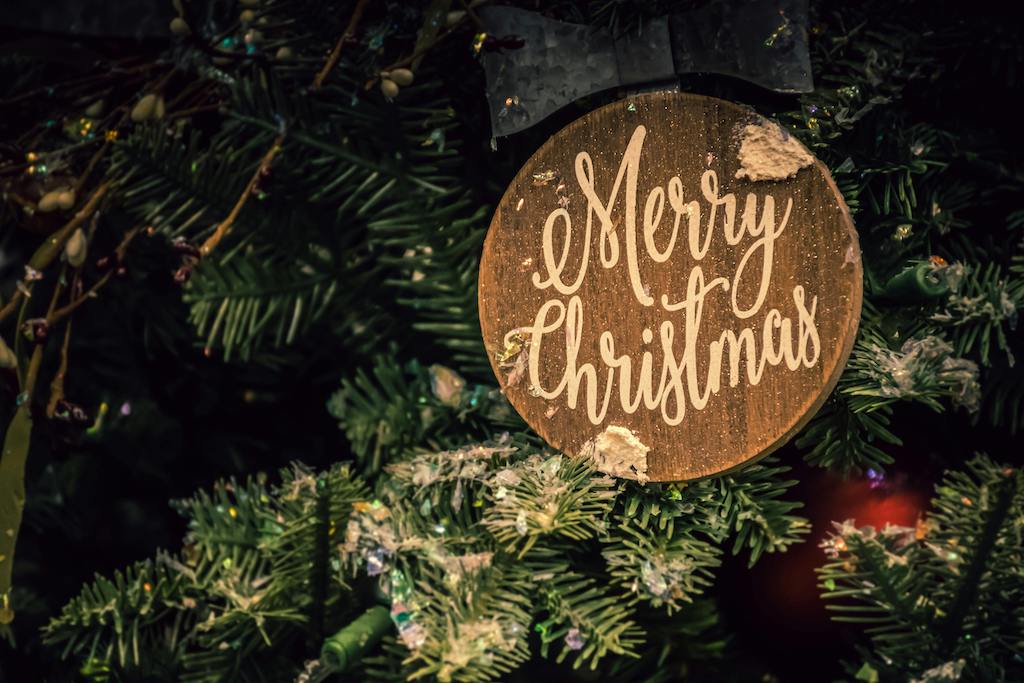
Unwrapping Christmas: A Journey Through History and Meaning
The festive season has arrived once again, adorned with twinkling lights, joyful carols, and the unmistakable scent of pine. As we gather with loved ones to exchange gifts and indulge in feasts, it's easy to get lost in the hustle and bustle of the holiday season. Yet, beneath the tinsel and wrapping paper lies a rich tapestry of history and meaning that has woven the fabric of Christmas for centuries.
Origins of Christmas
To unravel the true meaning of Christmas, we must embark on a journey through time, tracing the roots of this beloved holiday. Christmas finds its origin in the celebration of the birth of Jesus Christ, a religious observance that dates back to the early Christian Church. The exact date of Jesus' birth remains a subject of debate among scholars, but December 25th was eventually chosen as the day to commemorate this miraculous event.
Pagan Influences
Interestingly, the timing of Christmas also aligns with various pagan festivals, such as the Roman celebration of Saturnalia and the winter solstice. These festivities were characterized by feasting, merrymaking, and the exchange of small gifts. Over time, the Christian Church sought to incorporate and redirect these pagan traditions towards the celebration of the birth of Christ, blending religious significance with cultural practices.
Medieval Christmas Celebrations
During the medieval period, Christmas took on a more elaborate and communal character. The Twelve Days of Christmas, spanning from December 25th to January 6th, marked a time of feasting, revelry, and gift-giving. The Yule log, a symbol of warmth and light, was a central fixture in these celebrations. Caroling also gained popularity as a way for communities to share the joy of the season through song.
Victorian Christmas Traditions
The Victorian era played a pivotal role in shaping the modern image of Christmas. Queen Victoria and Prince Albert's embrace of Christmas traditions, such as decorating Christmas trees and sending holiday cards, became popularized throughout Britain and the United States. Charles Dickens' timeless tale, "A Christmas Carol," further cemented the importance of generosity, compassion, and the spirit of giving during this time of year.
Santa Claus and Gift-Giving
The jolly figure of Santa Claus, based on the historical figure of Saint Nicholas, emerged as the embodiment of generosity and gift-giving. The modern image of Santa Claus was largely shaped by the poem "A Visit from St. Nicholas," more commonly known as "The Night Before Christmas." This iconic figure, clad in red and white, became synonymous with the joy of Christmas and the act of giving.
The True Meaning of Christmas
Beyond the glittering decorations and festive feasts, the true meaning of Christmas lies in the spirit of love, kindness, and goodwill towards others. It is a time to reflect on the values of compassion and generosity, to reach out to those in need, and to cherish the bonds of family and friendship. Whether celebrated as a religious observance or a secular tradition, Christmas serves as a reminder of our shared humanity and the potential for positive transformation.
As we unwrap the gifts and gather around the holiday table, let us not forget the centuries of history and tradition that have shaped Christmas into the festive occasion we know today. From its humble beginnings as a religious observance to the global celebration of love and joy, Christmas continues to evolve while preserving the timeless values that make it a cherished part of our cultural heritage. So, as the snow falls and carolers sing, let the true meaning of Christmas illuminate our hearts and guide us towards a season of warmth, compassion, and unity.